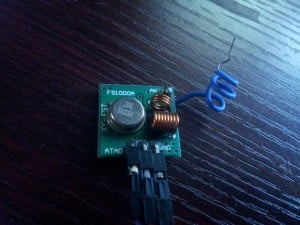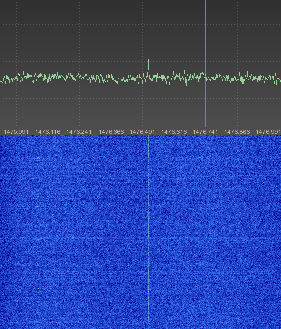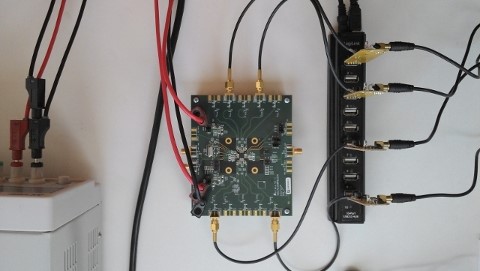Analyzing 433 MHz Transmitters with the RTL-SDR
Over on his blog, Yashin has written a post showing how to analyze 433 MHz transmitters using several methods. Devices that transmit using low power 433 MHz are common and often include devices such as weather monitors, power monitors and alarm sensors.
To show his analysis methods Yashin used an ASK modulated FS1000A 433 MHz transmitter connected to an Arduino Teensy microcontroller. He first uses GQRX and baudline together with an RTL-SDR in Kali Linux to test that the transmitter is working and to visually inspect the RF spectrum. Then he shows how to use GNU Radio to receive the 433 MHz transmitter and how to record an audio file. The final tool he shows how to use is rtl_433 which will automatically decode the data into binary strings using the analysis option.





